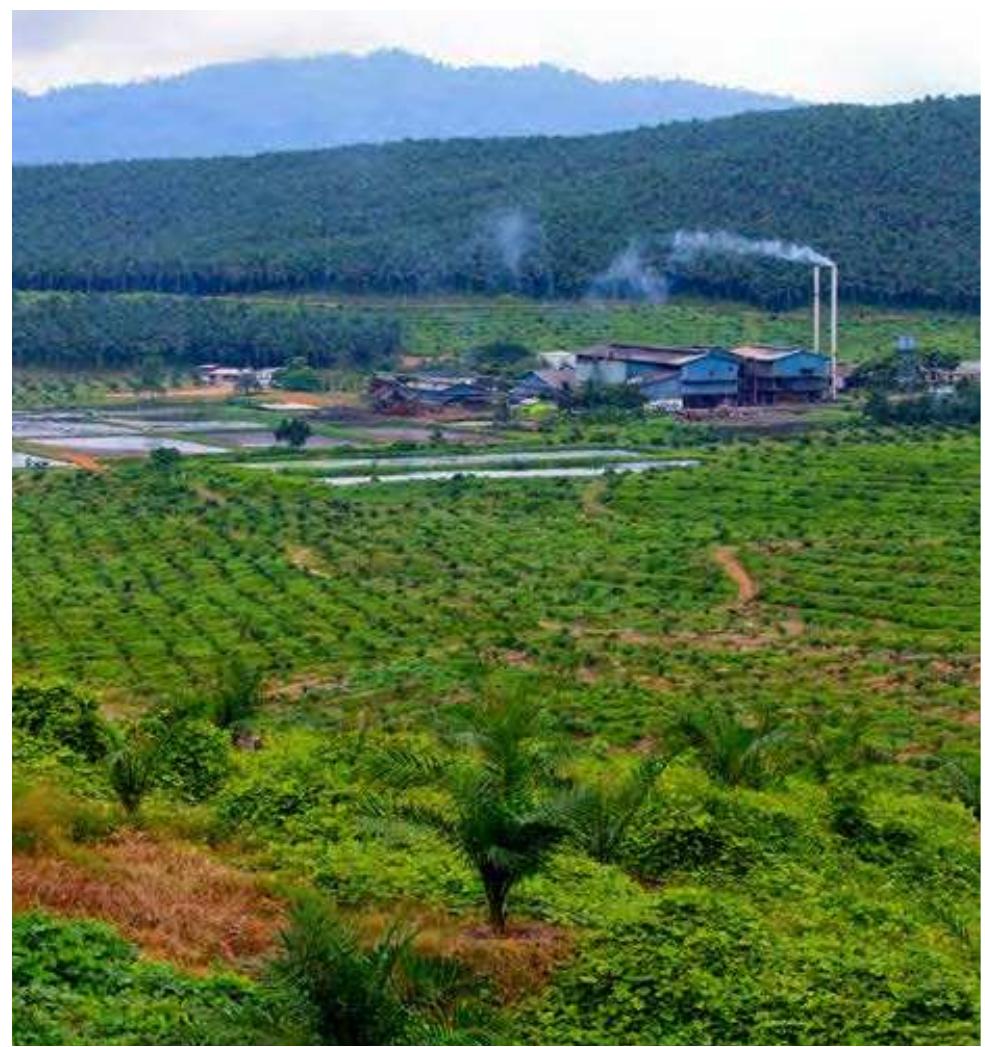Report on the V3Solar Spin Cell: An Innovation in Renewable Energy Technology
Introduction: Advancing Sustainable Development Goals through Photovoltaic Innovation
A new development in photovoltaic technology, the V3Solar Spin Cell, presents a significant advancement in the pursuit of clean and efficient energy. This cone-shaped, spinning solar device is reported to generate up to 20 times more electrical energy than a conventional flat solar panel of equivalent size. This innovation directly addresses several United Nations Sustainable Development Goals (SDGs), most notably SDG 7 (Affordable and Clean Energy), by reimagining the form and function of solar power generation to achieve superior performance and efficiency.
Technological Design and Operational Efficiency
Core Design Principles
The V3Solar Spin Cell deviates from traditional flat-panel architecture. Its unique design is central to its enhanced output and its contribution to sustainable infrastructure as outlined in SDG 9 (Industry, Innovation, and Infrastructure).
- Conical Structure: The device consists of an inner cone layered with triangular photovoltaic (PV) cells, which spins inside a second, stationary outer cone.
- Magnetic Levitation: A magnetically levitated base enables the inner cone to rotate with minimal friction, capturing sunlight from a multitude of angles throughout the day.
- Optimized Tilt: The cone features a 56-degree tilt, which is critical for maximizing light exposure and enhancing thermal performance.
Operational Mechanics and Cooling
The spinning motion is fundamental to the cell’s high efficiency, a key factor in promoting SDG 13 (Climate Action) by maximizing clean energy output.
- Dynamic Cooling: The rotation creates a “strobe effect” and continuous air convection, which actively cools the PV cells. This prevents the heat buildup that typically degrades the performance of static solar panels.
- Enhanced Thermal Performance: The system maintains an operational temperature below 95°F (35°C), even under concentrated light, allowing it to generate power efficiently where traditional panels would falter.
- Increased Electron Generation: The cooling effect allows for more efficient electron excitation within the PV cells, leading to higher energy conversion rates.
Impact on Sustainable Development Goals (SDGs)
SDG 7: Affordable and Clean Energy
The V3Solar Spin Cell is poised to make a substantial contribution to ensuring access to affordable, reliable, and sustainable modern energy for all.
- Increased Energy Density: By generating the power equivalent of 20 standard panels, the technology dramatically increases the energy yield from a given area.
- System Versatility: The unit can produce DC electricity, which can be converted to AC via stationary magnets in a stator ring. This dual-output capability makes it suitable for both on-grid and off-grid systems, enhancing energy access in remote communities.
- Cost Efficiency: The potential for reduced installation and land costs could make solar energy more affordable and accessible on a global scale.
SDG 9, SDG 11, and SDG 13: Sustainable Infrastructure, Cities, and Climate Action
The technology’s design offers solutions for building resilient infrastructure, creating sustainable cities, and combating climate change.
- SDG 9 (Industry, Innovation, and Infrastructure): The V3Solar represents a disruptive innovation that can be integrated into new and existing energy infrastructure, fostering industrial growth in the green technology sector.
- SDG 11 (Sustainable Cities and Communities): The compact footprint and potential for vertical stacking make the Spin Cell an ideal solution for power generation in space-constrained urban environments.
- SDG 13 (Climate Action): By significantly boosting the efficiency of solar power, the technology provides a more potent tool for reducing dependence on fossil fuels and mitigating greenhouse gas emissions.
Scalability, Commercialization, and Future Outlook
Scalability and Installation Advantages
The V3Solar system is designed for scalability, a critical factor for its adoption in large-scale energy projects aligned with national and international sustainability targets.
- Reduced Footprint: A single one-meter-diameter spinning cell offers the output of a large conventional solar array, drastically reducing the land required for solar farms.
- Cost Reduction: The compact nature of the arrays is expected to lower material and installation costs for utility-scale projects.
Commercial Status and Performance Validation
The technology is progressing from concept to commercial reality, with significant industry interest indicating its potential market impact.
- Licensing and Partnerships: A licensing agreement for approximately 800,000 Spin Cells has been secured, demonstrating commercial confidence.
- Ongoing Development: Further engineering and performance testing are underway in partnership with Nectar Design to validate and optimize the technology for large-scale deployment.
- Market Commercialization: The V3Solar is being prepared for broader commercialization, signaling a potential shift in the future landscape of solar panel technology and its role in achieving global sustainability objectives.
Which SDGs are addressed or connected to the issues highlighted in the article?
Explanation
- SDG 7: Affordable and Clean Energy: The article is centered on a new solar energy technology, the V3Solar Spin Cell, which is a form of clean energy. It discusses its potential to “produce record energy,” directly contributing to the goal of increasing access to and the efficiency of clean energy sources.
- SDG 9: Industry, Innovation, and Infrastructure: The article highlights a significant technological innovation (“V3Solar’s innvention”) in the renewable energy industry. It describes a “newer solar panel design” that challenges traditional technology, promotes scalability, and involves engineering partnerships, all of which are central to building resilient infrastructure and fostering innovation.
What specific targets under those SDGs can be identified based on the article’s content?
Explanation
- SDG 7: Affordable and Clean Energy
- Target 7.2: By 2030, increase substantially the share of renewable energy in the global energy mix. The article directly supports this target by introducing a technology that can “produce record energy that is about 20 times more than that generated from a conventional solar panel,” which would substantially increase the output and share of solar energy.
- Target 7.a: By 2030, enhance international cooperation to facilitate access to clean energy research and technology… and promote investment in energy infrastructure and clean energy technology. The article mentions that V3Solar has “secured a licensing agreement of more or less 800,000 Spin Cells” and is working with a partner, “Nectar Design,” for engineering, which points to investment and collaboration in clean energy technology.
- SDG 9: Industry, Innovation, and Infrastructure
- Target 9.4: By 2030, upgrade infrastructure and retrofit industries to make them sustainable, with increased resource-use efficiency and greater adoption of clean and environmentally sound technologies. The V3Solar Spin Cell represents a “clean and environmentally sound technology” that is more efficient, requires less space, and has “reduced installation costs,” contributing to the upgrade of energy infrastructure.
- Target 9.5: Enhance scientific research, upgrade the technological capabilities of industrial sectors… encouraging innovation. The entire article is about a technological invention and the “engineering work” and “additional testing” being done to commercialize it. This directly reflects the process of enhancing research and encouraging innovation to upgrade technological capabilities.
Are there any indicators mentioned or implied in the article that can be used to measure progress towards the identified targets?
Explanation
- For Target 7.2:
- Implied Indicator (related to 7.2.1 – Renewable energy share): The article provides a specific metric of increased efficiency: the ability to produce “20 times more” energy than a conventional solar panel. This quantifiable improvement in energy generation capacity is a direct indicator of the technology’s potential to increase the share of renewable energy.
- For Target 7.a:
- Implied Indicator (related to 7.a.1 – International financial flows): The “licensing agreement of more or less 800,000 Spin Cells” is a quantifiable indicator of investment and financial commitment towards this new clean energy technology.
- For Target 9.4:
- Implied Indicator: The article mentions that the technology “ensures scalability” and has “reduced installation costs.” These are practical indicators of a more efficient and sustainable infrastructure upgrade. The smaller physical footprint (“does not require much space”) is another measurable aspect of its resource efficiency.
- For Target 9.5:
- Implied Indicator: The existence of the invention itself, the “V3Solar Spin Cell,” and the partnership with “Nectar Design” for “engineering work” serve as qualitative indicators of ongoing research, development, and innovation activities.
Table of SDGs, Targets, and Indicators
| SDGs | Targets | Indicators Identified in the Article |
|---|---|---|
| SDG 7: Affordable and Clean Energy | 7.2: Increase substantially the share of renewable energy in the global energy mix. | The technology produces “20 times more” energy than conventional panels, indicating a substantial potential increase in renewable energy generation. |
| SDG 7: Affordable and Clean Energy | 7.a: Promote investment in energy infrastructure and clean energy technology. | A “licensing agreement of more or less 800,000 Spin Cells” indicates significant investment in the technology. |
| SDG 9: Industry, Innovation, and Infrastructure | 9.4: Upgrade infrastructure… with increased resource-use efficiency and greater adoption of clean… technologies. | The technology offers “reduced installation costs” and requires less space, indicating a more resource-efficient infrastructure upgrade. |
| SDG 9: Industry, Innovation, and Infrastructure | 9.5: Enhance scientific research… encouraging innovation. | The development of the “V3Solar Spin Cell” and ongoing “engineering work” with partner Nectar Design are direct results of research and innovation. |
Source: ecoticias.com







